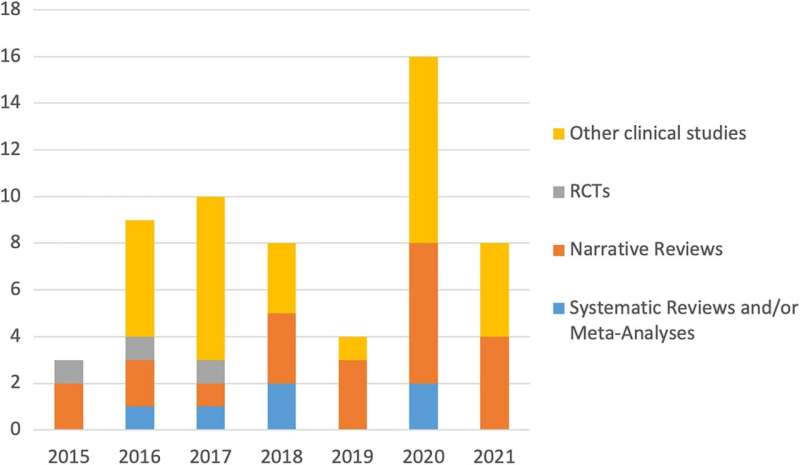
Older age is now the most common time to develop epilepsy in high-income settings, and an evidence review led by a Monash research team has highlighted that older adults are at risk of new-onset seizures due to age-related changes.
The paper is published in Epilepsia journal. First author Dr. Loretta Piccenna is from Monash University’s Department of Neuroscience. She says the findings highlight that epilepsy’s “treatment paradigm” needs to be extended, with more emphasis on older people.
Developing epilepsy at this stage of life has substantial impacts on patients’ lives, she says. For example, they can lose confidence, suffer side-effects from treatment, lose a driving license or independence, and in some cases might even need to move into residential care for care and support.
“We need to provide an evidence-based and personalized, integrated model of care, making changes when older adults transition from well-functioning to poor-functioning, to focus on long-term patient-centered outcomes such as quality of life,” Dr. Piccenna says.
“In particular, a challenge is when older adults have a first seizure and develop epilepsy in residential aged care where there are unclear protocols, or no protocols.
“Without specialized epileptologists in residential aged care, chaos or lack of knowledge leads to inappropriate levels of management when trained staff with treatment plans can prevent emergency transportation to a hospital.”
Closer integration sorely needed
The special report found that a closer integration between primary and secondary care with multidisciplinary experts working together is a much-needed approach to improve care.
But it can be confusing to know which health professionals—GPs, geriatricians or neurologists—should be managing these patients. Rationalizing the number of specialists an older person sees without compromising the expert care needed therefore becomes a conundrum.
Researchers searched the literature to map out the types of studies published over five years. These were clinical studies (other than randomized controlled trials), narrative reviews, systematic reviews and/or meta-analyses, and randomized controlled trials.
Evidence from systematic reviews didn’t reveal any existing medications as being more effective in controlling seizures over any others.
There’s a lack of studies for the newer-generation anti-seizure medications, in particular appropriate dosing regarding comorbid health conditions and sensitivity to adverse effects.
Currently, the “ideal” anti-seizure medication doesn’t exist.
Taking a global approach
The International League Against Epilepsy (ILAE) is a professional association for health care professionals and scientists with a focus on epilepsy. To help global efforts in the area, committees, task forces and commissions have been developed.
Its Epilepsy in the Elderly Task Force of the Medical Therapies Commission has an overall goal to examine this topic and recommend how the ILAE can help move forward, with a global or international perspective.
Dr. Rebecca O’Dwyer and Dr. Ilo Leppik, expert epileptologists from the U.S., and part of the task force reporting to the commission, also contributed to the special report.
In Australia, Professor Patrick Kwan, the corresponding author of the paper, a member of the ILAE task force, and researcher in Monash’s Department of Neuroscience, says older adults with epilepsy are a distinct group.
“They require a concerted effort across disciplines for optimal care,” he says.
The next steps to take
Several recommendations were identified by the members of the task force in this special report for the ILAE to take on board.
We’d like to highlight two particular areas of focus—prioritizing high-level evidence research and supporting funding for older adults with epilepsy, and an innovative optimal treatment approach that’s specialized, holistic, and patient-centered.
We want to promote a greater focus on building the evidence with rigorous clinical trials.
We believe these clinical trials should use greater distinction in the participant demographics and numbers of older adult participants, and participants in residential aged care and community cohorts.
A greater continuum of care through the integration of primary and secondary care is the desired model of care, one that moves beyond seizure control to long-term patient-centered outcomes.
More information:
Loretta Piccenna et al, Management of epilepsy in older adults: A critical review by the ILAE Task Force on Epilepsy in the elderly, Epilepsia (2022). DOI: 10.1111/epi.17426
Journal information:
Epilepsia
Source: Read Full Article
